Homelessness in the U.S.
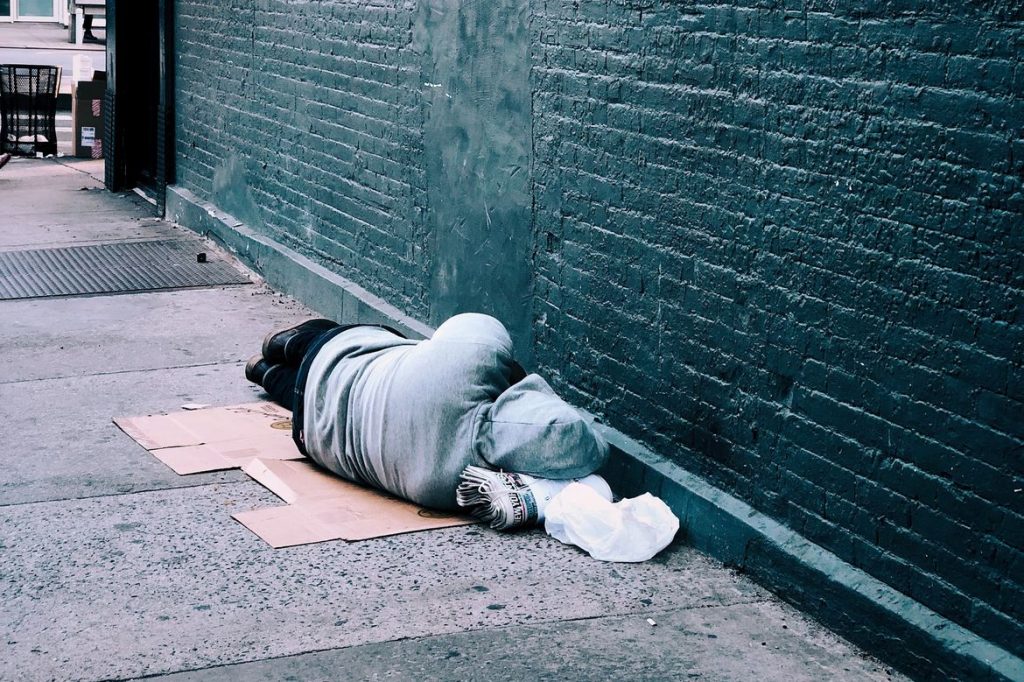
Overview of Our Policy Proposal on Homelessness
“The persistence of large numbers of homeless Americans is one of the signal policy failures of the past two generations.”1 We are failing to care for our neediest people, and their continuing deprivation and despair stands as a testament to our national hypocrisy. Ending the epidemic of homelessness is therefore not only necessary to alleviate the suffering of the unhoused, it is also crucial to preserve America’s dwindling social solidarity and basic sense of collective civic virtue.
The causes of widespread homelessness are numerous, and the circumstantial plight of individual homeless people varies greatly. The social crisis we currently identify as “homelessness” thus encompasses a variety of distinctly different problems, each requiring its own carefully tailored solution. Our proposal accordingly focuses on the following five overlapping solutions: 1) Significantly increase affordable housing stock through federally sponsored “low regulation construction zones”; 2) Provide residential refuge and asylum for severely mentally ill and severely addicted people; 3) Distinguish between people who are “temporarily unhoused,” “severely mentally ill,” and “chronically homeless,” in order to serve the specific needs of each group; 4) Strike a “grand bargain” between local communities and service resistant chronically homeless people; and 5) Implement “backpack funding” to honor the preferences of chronically homeless people.
Problems to Be Solved
1. Large numbers of people are living on the street in squalid conditions in America’s urban areas
Over half a million people are currently experiencing homelessness in the U.S. Many of these people are “chronically homeless,” having been unhoused for a year or more.2 “Since 2017 there has been an increase in those living unsheltered by about 2 percent. Recent counts have found nearly 200,000 people living unsheltered across the country, making homelessness more visible. People living unsheltered tend to be concentrated in cities with booming economies and skyrocketing rents, but the problem is not limited to these locations.”3
2. Many mentally ill and severely addicted people are not receiving adequate care
Estimates vary widely, but more than 50% of chronically homeless people suffer from some form of mental illness and/or addiction. And approximately 25% are severely mentally ill.4
3. Housing has become unaffordable in many American cities
“Across the country, Americans are running out of affordable places to live. … Today, the country is 6.8 million units short of what is needed to meet new housing needs. … Between 2001 and 2019, median rents rose faster than median renter incomes in nearly every state.”5
4. Homeless encampments in urban areas create a health and safety problem for housed residents and retail businesses, and many public spaces are now regularly occupied by unhoused people
“Americans up and down the West Coast say they are overwhelmed by an unprecedented rise in homeless people, hazardous encampments and related trash.”6
Wins Sought for Each Major Worldview
Progressivism’s wins
The housing problems of practically all unhoused people would be addressed more compassionately and comprehensively. No one would have to live on the street. Healthcare for people with severe mental illness and chronic addictions would be expanded and made more accessible. The preferences of unhoused people would be considered in all homelessness amelioration programs and accommodated where possible.
Modernity’s wins
The effectiveness and efficiency of America’s social safety net would be significantly increased. Public spaces and civic areas occupied by chronically homeless people would be reclaimed for the enjoyment of the general public. Quality of life would be restored in residential and retail neighborhoods that are now blighted by vagrancy and squalor. Crime would be reduced and property would be protected.
Traditionalism’s wins
No one would be “left behind” or treated as disposable. Social services that focus on rehabilitation and require sobriety would continue to receive government funding. Traditional abstinence-contingent recovery programs would be treated on an equal basis with progressive housing first programs. Public order would be restored and protected.
Recommended Policy Solutions
1. Significantly increase affordable housing stock through federally sponsored “low regulation construction zones”
At the root of America’s growing homelessness crisis is the broken economics of housing construction. In the San Francisco Bay Area, for example, it costs close to $1 million to build a single affordable housing unit, not including the price of land. According to a recent article in the New York Times, housing construction is not only impeded by rising labor and material costs, “supply issues also stem in large part from restrictive regulations—such as single-family zoning, minimum lot sizes and parking lot requirements—that artificially limit the amount of housing that can be built. These regulations, which have historically served to entrench segregation, can in turn be used by vocal citizens to block new development, a phenomenon known as Nimbyism: not in my backyard.”7 Overcoming these impediments to increasing the stock of affordable housing is therefore the crucial first step to ameliorating homelessness in America. And even though chronic homelessness will not be solved by cheap housing alone, “raising this tide will lift all boats” and make it easier to implement most of the other solutions required to end this tragic and intolerable state of affairs.
We thus propose creating “low regulation construction zones,” modeled on federal enterprise zones, which have been successfully used since the 1970s to encourage economic growth. “An enterprise zone is a geographic area that has been granted special tax breaks, regulatory exemptions, or other public assistance in order to encourage private economic development and job creation. They are used most often to promote the revitalization of a city neighborhood.”8 Adapting this approach to ameliorate America’s affordable housing crisis would entail creating federally designated zones in formerly industrial, agricultural, or non-retail commercial areas suitable for low cost housing development. Within these zones, tax incentives for landowners and builders would be created, and federal law would be used to modify or suspend existing local, state, and federal building codes, zoning laws, and other expensive regulatory requirements. The minimal regulations permitted in these zones would ensure the basic health and safety of residents, while also unleashing entrepreneurial innovation in the form of new types of inexpensive manufactured housing, “tiny houses,” 3D printed houses, and similar dwellings that would be relatively cheap to build and thus easily rented or purchased by people experiencing homelessness.
The Council of Economic Advisers 2019 report on “The State of Homelessness in America” conservatively estimates that “for the 11 metropolitan areas with housing regulations that drive home prices significantly above home production costs (which contain 42 percent of the United States homeless population), deregulation would reduce homelessness by an average of 31 percent. Homelessness would fall by 54 percent in San Francisco, 40 percent in Los Angeles, and 23 percent in New York City. Overall homelessness in the United States would fall by just under 72,000 people, or 13 percent.”9
The key to preventing low regulation zones from becoming slums involves facilitating individual ownership through federally subsidized loans and vouchers. Even those who can only afford to rent these newly built inexpensive units could nevertheless “get skin in the game” through federally mandated “equity partnerships” wherein renters would share in the appreciation of their buildings in a manner modeled on employee profit sharing in businesses. Allowing such low regulation zone buildings to appreciate with the market over time would thus help low income people build wealth like their middleclass fellow citizens do now. And even as such new housing eventually becomes “unaffordable” through appreciation, additional low regulation zones could be created continuously until the national supply of housing finally exceeds the demand, thereby making housing generally more affordable for everyone regardless of their income.
The largest obstacle to the implementation of progressive “housing first” approaches to homelessness is the chronic shortage of available units in which to place homeless people. So not only would a significant increase in affordable housing benefit the working poor and others who are only temporarily unhoused, such a program would also help numerous chronically homeless people by making housing first assistance programs more feasible.
There is, however, a significant portion of the homeless population for whom affordable or subsidized housing, even when accompanied by extensive social services, is insufficient to alleviate their plight. Those who are severely mentally ill or otherwise incapacitated by an uncontrollable addiction require more specialized residential care, which is the focus on our next proposed solution.
2. Provide residential refuge and asylum for severely mentally ill and severely addicted people
As a result of severe mental illness or incapacitating addiction, when people become a danger to themselves or others, or when they exhibit extremely antisocial behaviors that drive normal people away, they need professional residential care. Yet as a result of the deinstitutionalization of mental health care over the last several decades, this residential treatment option has all but disappeared. “In 1955, there were an estimated 559,000 state and county psychiatric beds, or nearly 340 beds per 100,000 people. By early 2016, the state hospital bed population had dropped more than 96%, to 37,679 beds, or 11.7 beds per 100,000 people. Of these, nearly half were occupied by criminal offenders with serious mental illness; barely six beds per 100,000 people remained for individuals with acute or chronic psychiatric disease who had not committed crimes.”10
Although the idea of “insane asylums” has been vilified in popular culture, these facilities could be reimagined as places of refuge, providing “asylum” in the classical sense. As Daniel Yohanna, MD writes for the AMA Journal of Ethics: “In ancient Greece and Rome, asylum was a place where those who were persecuted could seek sanctuary and refuge. … New hospitals today look more like luxury hotels than hospitals. They are designed to give a resort-like atmosphere with all its amenities. Certainly we can design facilities that are safe, provide refuge from a difficult world, and offer meaningful activities to improve the lives of the most severely mentally ill. For those who need respite, care, and rehabilitation, the idea of an asylum as idealized by the ancients might be a welcomed alternative.”11 These new mental health facilities could be designed as simple places of natural beauty that evoke the feeling of an ancient monastery or rustic spiritual retreat center.
Even though constructing new state mental facilities entails a large expense for taxpayers, from an ethical standpoint, debilitated people who are unable to help themselves should be America’s highest priority for social safety net funding. Moreover, because unhoused people who are severely mentally ill cost society more than other chronically homeless people, funding their institutional care would actually save money. “A University of Pennsylvania study that examined 5,000 homeless people with mental illnesses in New York City found they cost taxpayers an average of $40,500 a year for their use of emergency rooms, psychiatric hospitals, shelters, and prisons.”12
Switzerland’s public healthcare system provides an excellent model for cost efficient psychiatric institutions which the U.S. could emulate. This Swiss system, which was also highlighted as a model for the Institute for Cultural Evolution’s overall Healthcare Policy Proposal,13 “allows for psychiatric institutions to compete in a free market for complementary and supplementary premium services without jeopardizing basic mental health services for the entire population.”14
While significantly more psychiatric beds are needed to care for indigent people who are severely mentally ill, building new facilities alone will not solve this aspect of the homelessness problem. America also needs legal reforms to make it easier to place severely mentally ill people into residential care. Mentally ill people often do not know they are sick, or otherwise refuse to accept help. “The term ‘dying with one’s rights on’ was coined by Darold Treffert in 1973 to describe how the laws have gone too far in protecting the rights of individuals at the expense of their safety and well-being.”15 However, as a part of the legislation necessary for the construction of new psychiatric facilities, lawmakers could also simultaneously strengthen laws providing for adult guardianships, conservatorships, and involuntary civil commitments. And as states begin to deal with this problem more comprehensively by building humane asylums, courts will likely follow suit by respecting and enforcing stronger commitment laws.
However, although most chronically homeless people suffer from some form of mental illness or substance abuse disorder,16 the majority are not “severely mentally ill” and thus do not meet the criteria for involuntary care intervention or long term institutionalization. Institutionalizing the severely mentally ill will reduce the population of unhoused people, but this proposed solution will not address the remaining large numbers of distressed homeless people who frequently resist offers of shelter or other social services. How best to help chronically homeless people who are habituated to living on the street and refuse to be voluntarily relocated is the focus of the remainder of this proposal.
3. Distinguish between people who are “temporarily unhoused,” “severely mentally ill,” and “chronically homeless,” in order to provide distinct solutions for the specific needs of each group
The current U.S. population of more than half a million homeless people consists of many subgroups, each with diverse needs. Indeed, every homeless person has a unique story that ideally requires a personalized assistance plan. The process of tailoring assistance programs to meet specific needs should begin by first distinguishing between three broad categories of homeless people: the temporarily unhoused; the severely mentally ill; and the chronically homeless.
Those in the first group are people “currently experiencing homelessness” but who are nevertheless relatively functional. These folks have jobs or other modest income and can thus afford to pay some cheap rent. They may have had temporary “hard luck” and lost their apartment, and now cannot find an alternative they can afford. For people in this group who are not mentally ill or severely addicted, restoring their dignity and self-reliance is primarily a matter of temporary economic assistance in the form of subsidized housing. People in this category can most often be successfully rehabilitated economically without extensive social services; they merely need a decent place to live. Moreover, these people can be reintegrated into residential neighborhoods without triggering NIMBY resistance from those who may understandably not want to live next door to more dysfunctional people who frequently exhibit antisocial behaviors. Prioritizing this segment of the homeless population for rapid rehousing in existing units also helps avoid the moral hazard of enabling self-destructive behaviors.
Self-reliant and functional people who simply need a temporary “hand up” can be recognized as the “top” of the homeless population. Conversely, the “bottom” of America’s unhoused population are, as outlined above, those with a severe mental illness and/or incapacitating addition who need to be compassionately institutionalized. People in this group who recover and are able to reenter society as good neighbors could receive a “certificate of rehabilitation” together with temporary financial assistance and case management, which would help them rent an apartment and find a job. But those who do not recover will need to be continually protected and confined within the new institutional refuges proposed in the previous section.
In between the top and the bottom of America’s unhoused population are “chronically homeless” people who are partially dysfunctional but who are not completely incapacitated. Most of these people currently live on the street or in bridge homes or group shelters. Yet although most need intensive assistance, the chronically homeless cannot be involuntarily institutionalized; they have civil rights and personal agency. However, unlike the temporarily unhoused “top” group, this chronically homeless “middle” group cannot be easily rehabilitated by housing alone. And even if housing first continues to be seen as offering the best solution, in the urban areas most severely impacted by chronic homelessness, the supply of available housing units remains woefully insufficient. While our first proposed solution of “low regulation construction zones” will help alleviate this problem in the long run, it will realistically take many years before the supply of affordable housing begins to exceed the demand.
Helping this chronically homeless middle category of people in a pragmatically effective (and not merely symbolic) way requires intellectual honesty. But unfortunately, the political debate over how to fix homelessness is beset by intellectually dishonest fictions within both the progressive and traditionalist camps.
A traditionalist fiction is that, given the right treatment and guidance, everyone can fully recover and become an upright citizen. However, as a result of deep trauma or other kinds of personal brokenness, some people are not realistically capable of responding positively to traditional “tough love” rehabilitation programs, which require sobriety and conformity, and which are seen by many chronically homeless people as unwelcome “invasive social assistance.”17
A different type of fiction frequently seen on the progressive side is that most chronically homeless people are not undesirable to be around, and that any objection to their adjacent residency is unspeakably selfish. Yet as a recent New York Times report on the large influx of chronically homeless people into Venice Beach, California, indicated, concentrating the homeless in residential neighborhoods negatively impacts the community: “neighbors living nearby felt increased harassment after the shelter’s opening. A car’s front windshield had been bashed in. Bikes were being stolen. Women walking alone were scared: They were being followed and catcalled. ‘This is a single female’s worst nightmare,’ one woman wrote. ‘You cannot deny that this is a dangerous time to be a female living in Venice Beach, living within close proximity to Bridge Housing.’”18
Identifying chronically homeless people who are not fully capable of helping themselves but who cannot otherwise be involuntarily institutionalized is thus the first step toward implementing our next proposed solution.
4. Strike a “grand bargain” between local communities and service resistant chronically homeless people
All chronically homeless people deserve a safe and healthy place to live. Yet many are service resistant and some just want to be left alone. However, being “left alone” to sleep on the street, to camp illegally in an urban area, or to wait indefinitely in a dangerous or unpleasant shelter for permanent housing that may never be available—this is a cruel fate which Americans should no longer tolerate for their fellow citizens.
Admittedly, anything short of providing permanent, high quality housing for chronically homeless people is less than ideal. But until the supply of affordable housing exceeds the demand, we must create viable alternatives to sleeping on the street that will allow American cities to morally justify relocating chronically homeless people away from civic centers, public parks, residential neighborhoods, and businesses that serve the public. We thus propose a kind of “grand bargain” between local communities and service resistant chronically homeless people: create abundant rent free indoor shelters and outdoor campsites, located outside urban areas, where chronically homeless people can live with minimal interference by the state. And in return, allow cities to effectively prevent urban camping and easily remove people who are squatting in public spaces.
To meet the needs of chronically homeless people who are unwilling to enter traditional “treatment first” service facilities, but for whom permanent unrestricted housing is unavailable, these new shelters and campsites should include publicly maintained lavatories, showers, personal lockers, basic security, and other amenities that would provide spartan but livable conditions. These facilities would themselves be funded, as described below, through individual backpack funds administered by caseworkers. And crucially, backpack funding would empower chronically homeless people to select their most preferred (even if less than ideal) option.
Although progressive advocates for the homeless argue that they should be allowed to camp wherever they like, the hard truth is that chronically homeless people camping in urban areas cause both tangible and intangible harm to communities. Creating safe places for chronically homeless people to live other than in urban encampments—getting them off the street—is not merely a matter of preserving public aesthetics or maintaining property values; finding a suitable place for chronically homeless people is essential to preserve our social solidarity and collective sense of civic virtue. Taxpaying Americans have a reasonable expectation that their government will provide an effective safety net. Yet the presence of hundreds of thousands of distressed people living on the street in our major urban areas provides tragic testimony to our government’s ongoing failure. This failure to care for the most broken and needy among us is not merely due to a lack of affordable housing, it results from the decay of our collective confidence in the moral justifications of our free society. Overcoming widespread homelessness accordingly requires us to reclaim our political will for public order and the rule of law, which are ultimately cornerstones of social justice.
People who are forced to live on the street are already “compelled” by their negative life circumstances. Compelling them to relocate to safe spaces away from urban areas does not amount to “criminalizing” homelessness, it is rather a temporary solution which balances the needs of chronically homeless people with the needs of the rest of society. The key to maintaining the morality of this solution is to never give up on these unfortunate people. Even those who are unwilling or unable to be rehabilitated must nevertheless be seen and cared for to the best of our society’s ability. And under current circumstances, these best efforts must include bridging solutions such as the “grand bargain” proposed here.
5. Implement “backpack funding” to honor the preferences of chronically homeless people
Given that chronically homeless people who do not meet the criteria for involuntary institutionalization have rights and choices, to effectively help these people to get off the street, we need to take account of their preferences. We thus recommend repurposing a meaningful portion of America’s overall public spending on homelessness to create a “backpack fund” for each person found to be chronically homeless.19 In the same way that many state school choice programs are funded by student backpack funds, which follow students to the schools they chose, backpack funds for chronically homeless people could help pay for the authorized residential solutions that they themselves are willing to choose. These individual backpack funds would be administered by designated caseworkers and could only be used to pay for approved shelters or campsites (and perhaps other basic necessities). To ensure the money is not misspent, individual backpack funds could only be paid out by designated caseworkers and could not be spent by chronically homeless people themselves.
It is difficult to estimate the total amount of public money currently being spent nationwide to ameliorate chronic homelessness. “Federal spending on homelessness gets disbursed through a patchwork of programs and grants by the U.S. Department of Housing and Urban Development (HUD), Department of Veterans Affairs (VA), Department of Education and Department of Health and Human Services (HHS). … In this year’s federal budget, all the above programs totaled less than $5 billion in annual spending.”20 However, spending by states and cities provides a considerable supplement to federal spending on homelessness. For example, “across the Denver metro, per-capita spending on people experiencing homelessness ranged from $32,000 to $79,000 a year.”21 There is thus a significant amount of money currently being spent to combat homelessness, but the fact that homelessness continues to increase annually means that this money needs to be spent more wisely.
Once the financing mechanism of individual backpack funds for the chronically homeless was put in place, cities and states, in some cases in partnership with the private sector, could then create a variety of innovative alternatives for chronically homeless people to choose to relocate to. Many of these relocation areas could be situated within newly designated “low regulation construction zones” in formerly industrial, agricultural, or non-retail commercial areas, as described in our first proposed solution above. Relocation options could include group homes, indoor shelters in commercial buildings, campsites on public and private lands, and other residential alternatives that would offer a menu of choices. These choices, for example, could include areas specifically designated for homeless women, families with children, displaced youth, and other vulnerable groups.
While the designated caseworkers necessary to administer individual backpack funds would need to be trained and monitored by professional social workers, these caseworkers would not need to be professionals themselves; they could be recruited from the population of formerly homeless people who have overcome substance abuse disorders or similar causes of chronic homelessness, and who have thus been sufficiently rehabilitated to serve as caseworkers. In the same way that rehabilitated gang members often make the best counselors for troubled youth, chronically homeless people could be mobilized to help themselves by helping the “community” of other chronically unhoused people. A backpack fund program such as this would therefore not only assist people in getting off the street, it would also provide jobs and role models which would strengthen the incentive for chronically homeless people to help themselves. Beyond finding an acceptable place to live other than on the street, backpack funds could also be used to disincentivize begging and other types of antisocial behavior that negatively impacts society.
Notes
- Quote from: https://www.urban.org/urban-wire/homelessness-blame-game. See also: The U.S. Department of Housing and Urban Development’s (HUD) 2020 Annual Homeless Assessment Report (AHAR) to Congress (Part 1) shows that 580,466 people were counted as homeless during the 2020 Point-in-Time count, representing a 2.2% increase over 2019. This marks the fourth consecutive annual increase in homelessness, following sustained reductions between 2010 and 2016. Retrieved from: https://endhomelessness.org/new-report-shows-rise-in-homelessness-in-advance-of-covid-19-crisis/
- The National Coalition for the Homeless has found that 38% of homeless people are alcohol dependent, and 26% are dependent on other harmful chemicals. https://www.addictioncenter.com/addiction/homelessness
Overlapping with the number of homeless people suffering from substance abuse, approximately 45% also suffer from some form of mental illness. https://mentalillnesspolicy.org/consequences/homeless-mentally-ill.html. See also: https://www.nationalhomeless.org/factsheets/Mental_Illness.pdf
- Spencer Bokat-Lindell. “America’s Housing Crisis Is a Choice” New York Times, Aug. 10, 2021. https://www.nytimes.com/2021/08/10/opinion/housing-crisis-eviction.html
- “America’s Housing Crisis Is a Choice” New York Times, Aug. 10, 2021. https://www.nytimes.com/2021/08/10/opinion/housing-crisis-eviction.html See also: https://www.nytimes.com/2021/06/16/business/affordable-housing-crisis.html
- Brinkman, P. Brown County Mental Health Center funding funnels into community placement; New trend impacts former, current institution residents. Green Bay Press Gazette. Oct. 30, 2005.
- Ibid.
- See endnote 4, above.
- The housing first approach to homelessness, which offers “permanent housing with few to no preconditions, behavioral contingencies, or barriers,” is now preferred by most NGOs working on the problem. However, we believe that more traditional “treatment first” approaches, which emphasize rehabilitation, personal agency, and the importance of gainful employment, should also continue to qualify for public funding and be made available for those willing to make a commitment to sobriety.
- The legal definition of “chronic homelessness,” which would qualify a person to receive a backpack fund and administering caseworker, would need to be carefully negotiated in the enacting legislation. This definition would need to be broader than HUD’s currently narrow definition of “a chronically homeless person” as “either (1) an unaccompanied homeless individual with a disabling condition who has been continuously homeless for a year or more, OR (2) an unaccompanied individual with a disabling condition who has had at least four episodes of homelessness in the past three years.” https://files.hudexchange.info/resources/documents/DefiningChronicHomeless.pdf



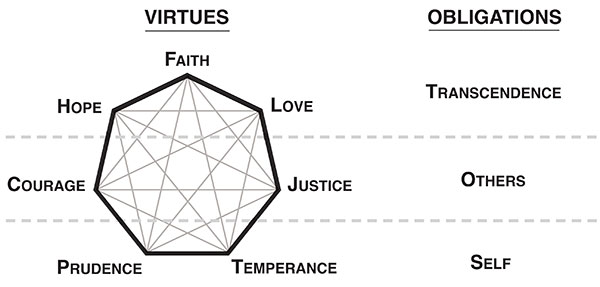
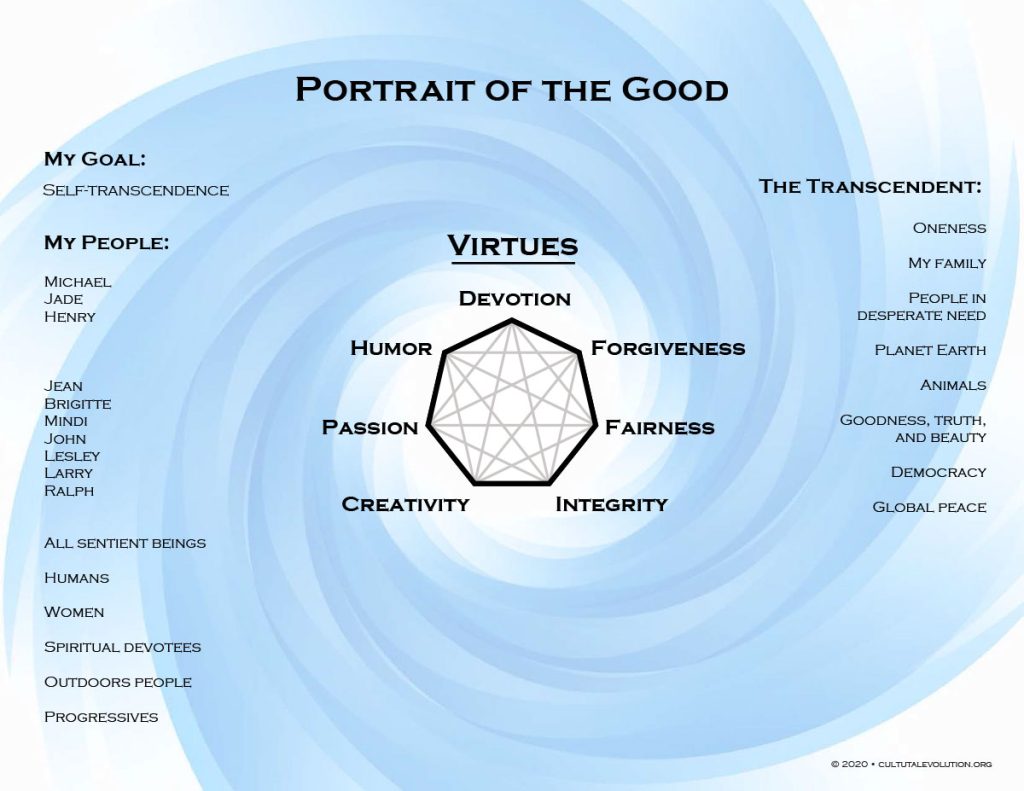
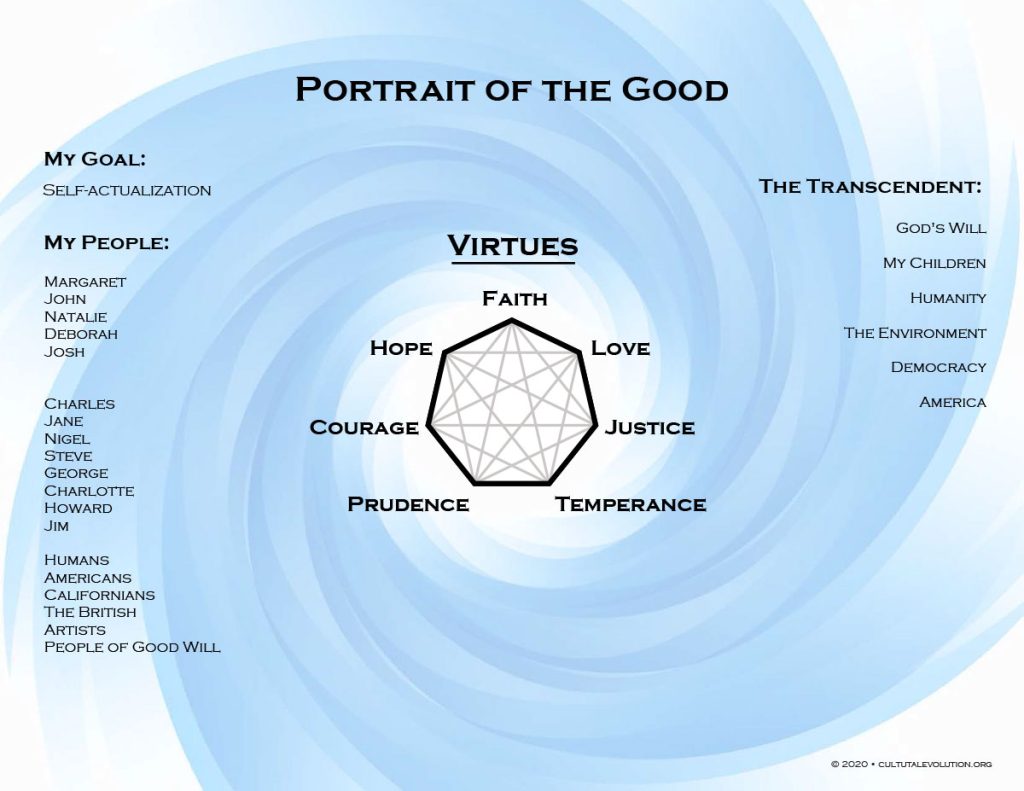
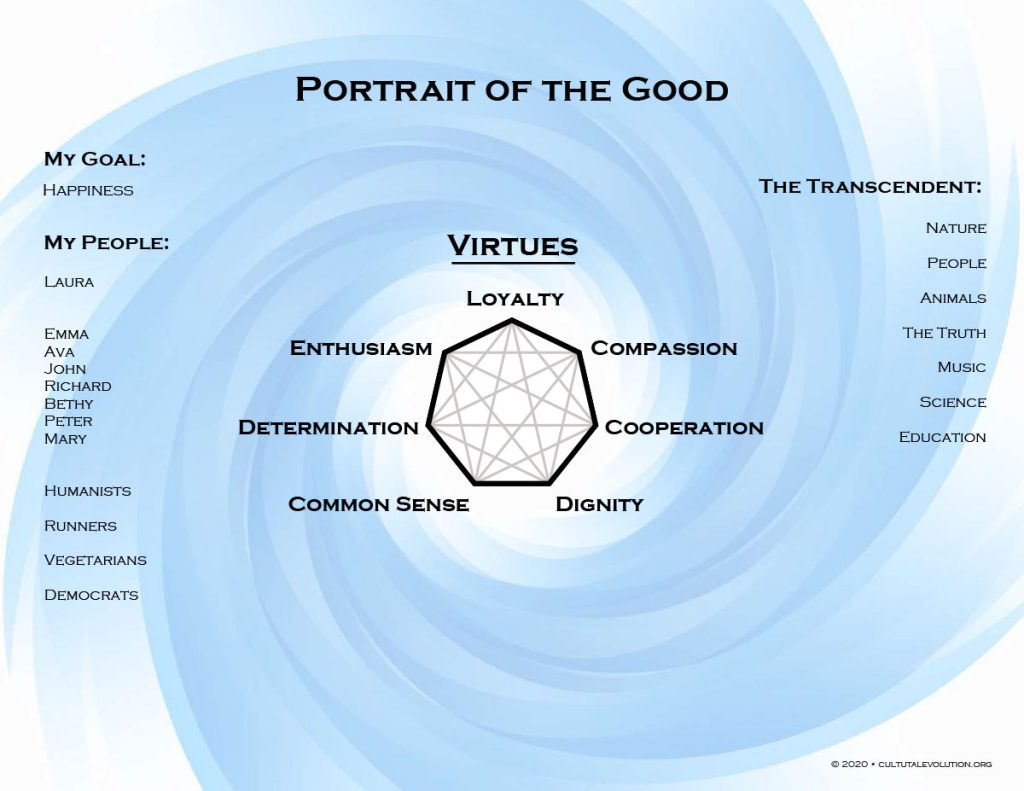
I think that Problems to Be Solved are spot on. The Recommended Policy Solutions include many fresh ideas, recognizing that there are different causes of homelessness and different groups of homeless people, so one size fits all approach wouldn’t be adequate. This is already a big step forward.
The first solution is:
1. Significantly increase affordable housing stock through federally sponsored “low regulation construction zones”
This sounds good in principle, but I see two problems with this approach:
1) it would entail a de-facto segregation for low-cost housing, especially since there are no requirements for proximity to jobs, services, and public transit
2) the cities may not have land suitable for these zones
I think this should apply not just to low-cost housing, but to any high-density housing, then everything would fall into place.
The 3rd solution
3. Distinguish between people who are “temporarily unhoused,” “severely mentally ill,” and “chronically homeless,” in order to provide distinct solutions for the specific needs of each group.
recognizes the inconvenient truth that prohousing advocates tend to overlook, and NIMBYs tend to exaggerate:
“concentrating the homeless in residential neighborhoods negatively impacts the community.”
The next solution makes an honest effort to solve this issue
4. Strike a “grand bargain” between local communities and service resistant chronically homeless people
but it includes a somewhat controversial idea: “create abundant rent free indoor shelters and outdoor campsites, located outside urban areas” and “remove people who are squatting in public spaces.”
It has the same problem – creating de facto segregation of homeless people. I agree that we always need rules protecting social norms and the use of public spaces. I just don’t think that we need rules specifically targeting the homeless: these rules should reflect a broad consensus, and they should be universally applicable.
This is great! I love how you’ve teased apart the different strands of the issue and dealt with each appropriately. I think it really shows how the ‘lumping together’ of, in this case all homeless people, leads to not being able to deal well with any of the issue.
A couple of things struck me reading this. I don’t know if it’s just my postmodern sensitivity, but reading the phrase “low regulation” immediately pulled up for me Upton Sinclair’s “The Jungle” in all it’s gory glory. Maybe “streamlined” regulation would be a better way to put it.
And this sentence has me flummoxed: “Prioritizing this segment [the relatively functional people currently experiencing homelessness] of the homeless population for rapid rehousing in existing units also helps avoid the moral hazard of enabling self-destructive behaviors.” It’s not clear to me how these people are prone to self-destructive behaviour if not housed quickly, nor is it clear what the moral danger is or who is enabling this. Sorry if I’m being dense but this read to me as a non-sequitur.
Here is how the National Review frames the “moral hazard” problem:
“Housing First programs operate on the ‘harm reduction’ model, which allows residents to continue using drugs such as alcohol, heroin, and methamphetamine, and does not require mental-health treatment as a condition of residency. Widespread addiction often becomes the norm within these programs. … It provides a stable residential environment for the homeless to live out their pathologies, administered by the social-scientific sector — and subsidized by the public.”
The “top” group of houseless folks are, but definition, not addicts and thus are not subject to this risk.
I think that the portion of welfare payments going toward “rent” should be applied to “ownership.” This means a public/private housing ownership arrangement in which people would have a chance to become homeowners and not simply perpetual government dependents. Many people have no path to independence and homeownership would help that. Otherwise, welfare payments end up supporting third-party landlords or government projects while the welfare recipient has no chance to improve their net worth or lot in life.
The ability to apply the portion of ownership accrued as a downpayment on a property after acquiring equity, say 20%, in a government housing unit, would be an incentive and means to escape the trap of government dependency. Further, welfare direct housing payments would prevent government dependents from using the amount calculated for housing on other things, enabling them to remain in housing rather than being cast out into the street.
I have long held this belief Gordan, and I appreciate you bringing this to the table. Wealth building promotes independence and homeownership serves as an investment in the broader community as well.